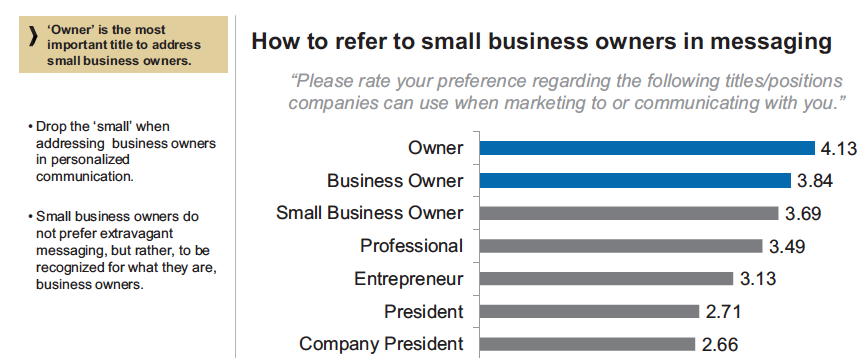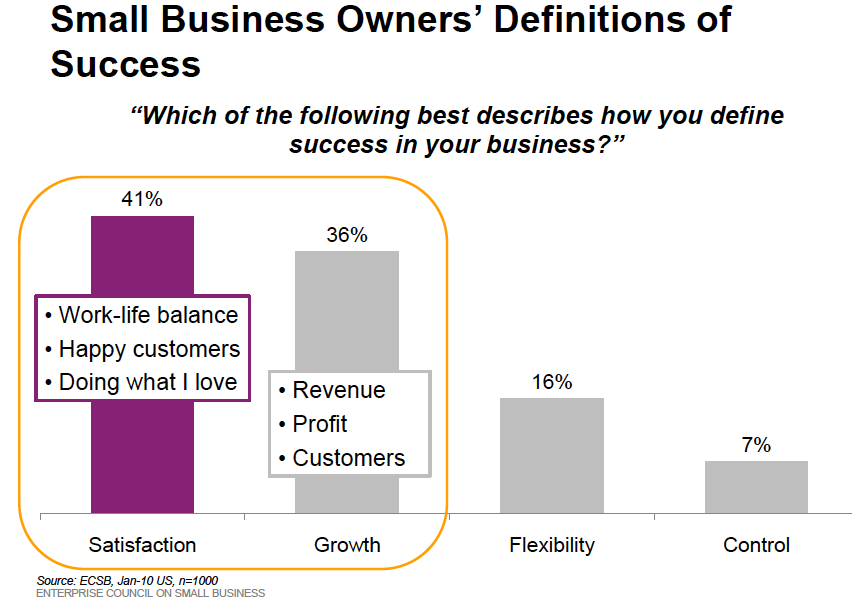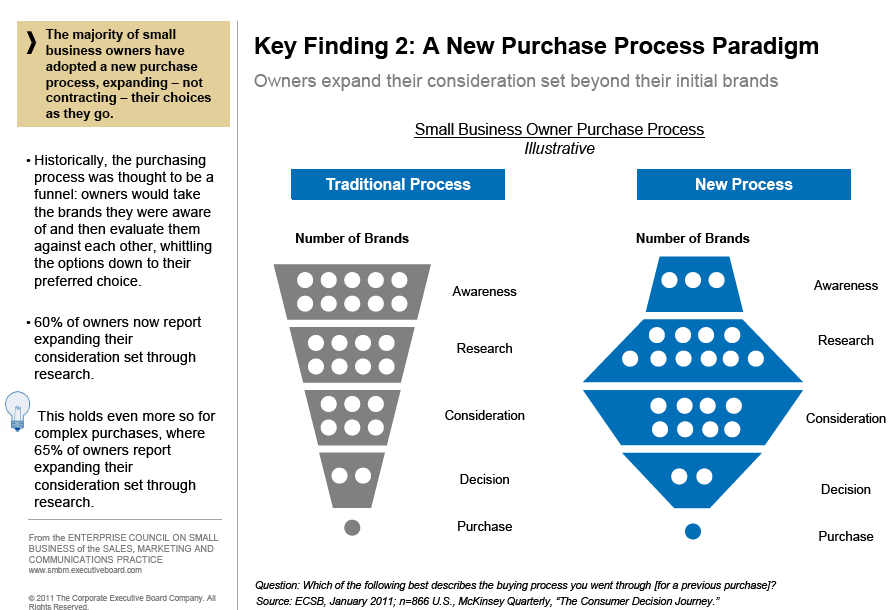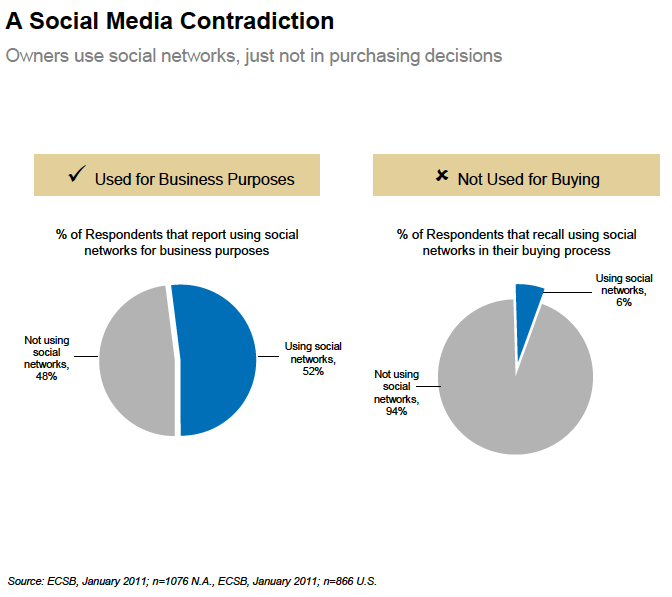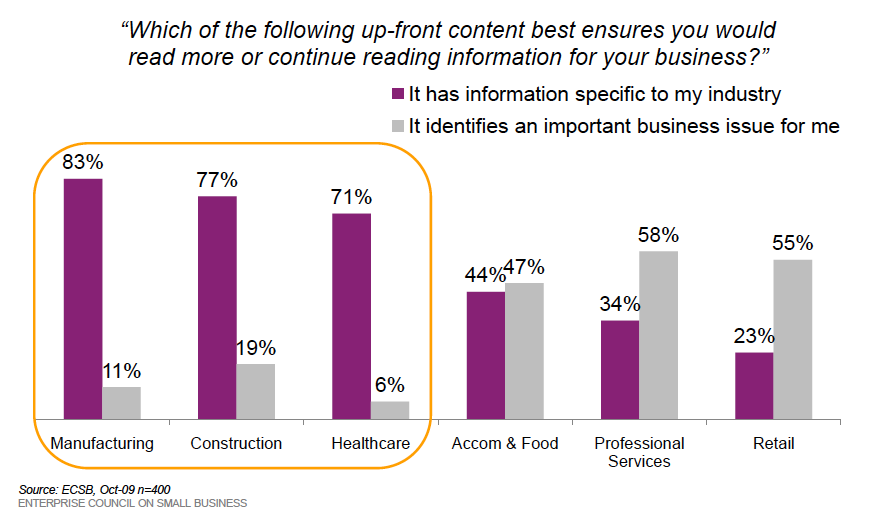Original post date November 22, 2010
On Wednesday November 17th, I attended the Corporate Executive Board’s Enterprise Council on Small Business member meeting in Philadelphia. The meeting entitled Selecting and Building Channel Partnerships included attendees from about 10 member companies such as; Xerox, Symantec, Experian, Erie Insurance and Comcast, who hosted the event.
ECSB practice leaders opened the meeting reviewing recent research on enabling channel partners to effectively sell to small business (title of the post). The research compared the performance of high and low performing partner programs. The meeting also included a review of best practice case studies. Highlights from the research include:
- How small business owners want to buy – business owners stated that the type of supplier most preferred was a local supplier (34%), followed by a sales rep selling multiple lines (26%). Top 3 reasons they buy from a local supplier; 1) location, 2) know them personally, and 3) responsiveness (immediate answers to questions).
- What high performing partners want from companies – 1) Training (all types), 2) Evaluation (compensation related), and 3) Resources (access to information, additional infrastructure, etc.) This was interesting because low performing partners ranked Leads as #1.
- High Performing vs Low Performing Partners – the size or maturity of the partner’s business did not impact the findings, however the age of the ownership team did; younger partners performed better than their older peers.
- Partner Compensation – the preferred plan was overwhelmingly “percentage of sales” 38%; flat $ per unit commission 17%, and discount (either dollar or percentage) was 13%.
Highlights from the case studies and discussion:
- Measuring Partner Performance – 61% of partners said that they are evaluated on a single metric. Number one metric “Volume of Sales”. Most of the attendees also agreed, only one had used an additional measurement for performance.
- Net Promoter – the additional metric used was a net promoter score to measure the performance of partners…really interestiing application of this tool
- Using a Third Party Facilitator – the use of a third party mediator was highlighted in one of the best practice case studies. The company used an outside facilitator to help the two companies negogiate a partner agreement. The goal of the mediator was to encourage honesty, and bring about an accurate appraisal of the relationship potential. Really interesting process to get at what’s in it for both parties, and for getting everyone aligned on expectations.
My key takeaway was that there is a significant opportunity to improve partner performance that is being missed. The opportunity is directing partners to desired customers and/or market segments. Granted some partners are selected just for that reason, but in general, companies do not typically articulate what customers they want or who are best for their products. A couple of members mentioned that they organize products against customer segments and assume that points partners in the direction of those customers.
I don’t think that is enough. At the end of the day, manufacturers know how to sell products better then partners. As a result, they should know which customers/type of customer will most value their product or service, and those customers that will be most profitable and loyal. Use this information to help partners understand, and identify what a good customer looks like, and why. Give clear direction on what you want. If there is one thing we’ve learned from previous research, it is clear communications with partners is highly valued, that in itself might be a wi

